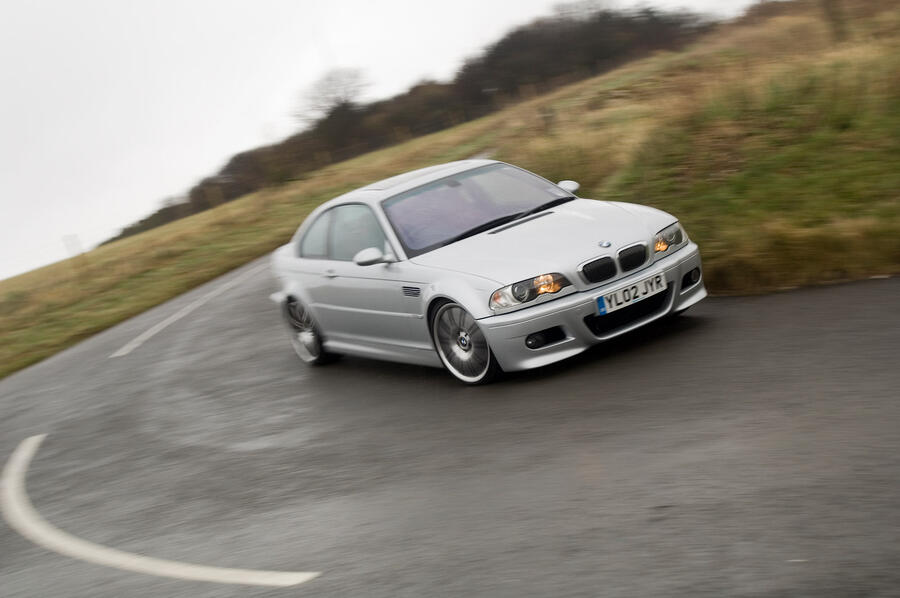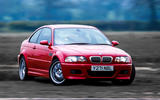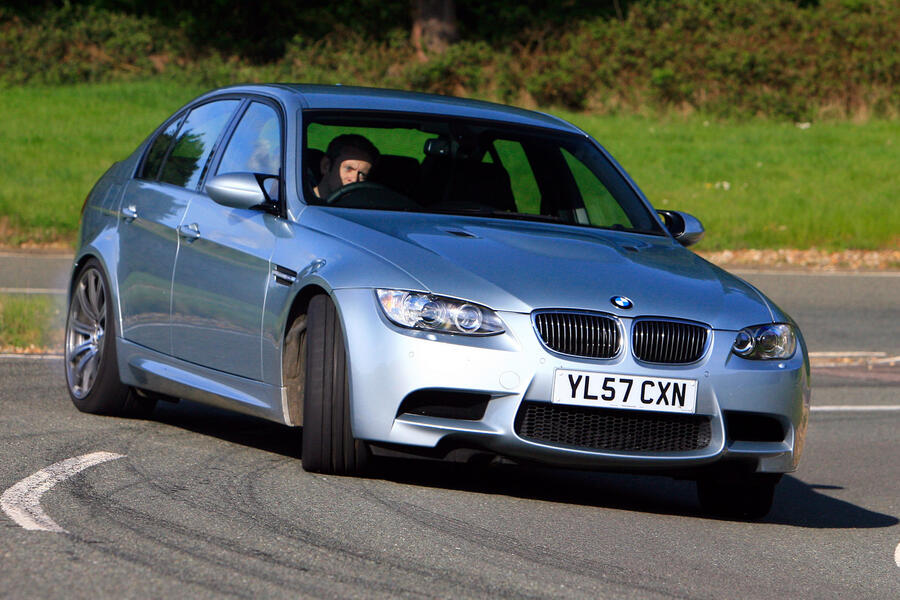We asked our staffers what the best BMW M car ever is.
After several wasted hours, a few minor arguments and a complete loss of any semblance of productivity, here’s the answers they came up with…
James Disdale: BMW M5 [E34]
![]()
While values of its E28 forebear have shot up and its E39 successor is lauded as one of the best M5s, the E34 is largely overlooked, yet to me it’s one of the most magnificent M cars ever.
With its crisp lines subtly enhanced by a small front spoiler and turbine wheels, its elegance hides real muscle in the form of a howling 315bhp 3.5- litre straight six. Later cars are faster still, thanks to a 340bhp 3.8-litre engine and six-speed manual gearbox. The steering is slow by today’s standards and the chassis is a little soft, but it’s beautifully balanced, and it’s tiny so never feels unwieldy.
It was built tough, but you will still need to find one with a history so clean that you would eat your dinner off it, while rust is a very real problem. It’s getting rare, too, but keep looking and you should find that £20,000 (one-fifth of what you need for an E30 M3) buys you a tidy E34 M5 that will be just as happy as a daily hack as it will be as an entertainer.
Andrew Frankel: BMW M3 [E46]

There are so many candidates here, but we can dismiss the SUVs, purists will focus only on the coupés and saloons and all bar the abnormally brave will steer well clear of anything with a V10 under its bonnet.
The best rule of thumb with M cars is that less really is more, and it always has been. Such cars are cheaper, lighter and better to drive than their high-powered overweight brethren.




























Add your comment